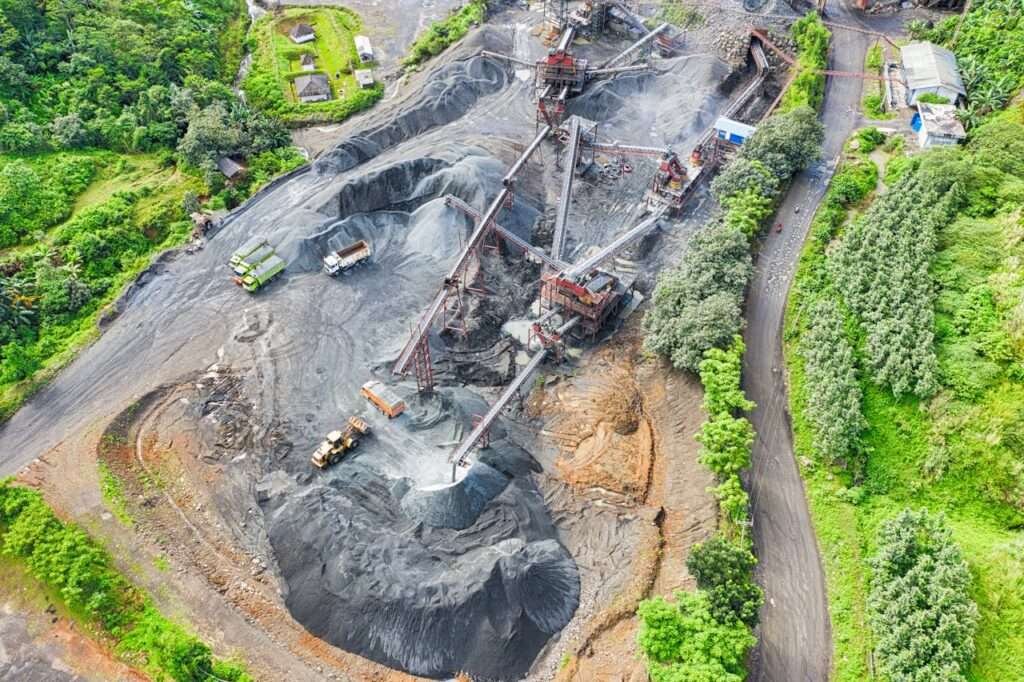Compliance And Regulatory Management
Compliance and Regulatory Management is a critical component of asset management in industries like mining, oil and gas, and power generation due to the complex, high-risk nature of these operations and their significant environmental, safety and economic impacts.
Regulatory Landscape.
These industries are subject to extensive regulations at local, State/Territory, Federal and in some cases, International levels.
In Australia, oil and gas companies that are subject to a complex web of regulations governing various aspects of their operations, including:
Environmental Regulations.
Environmental protection is a critical concern for oil and gas operations.
A few of the many regulations these companies must comply with includes:
• The Offshore Petroleum and Greenhouse Gas Storage Act 2006 (OPGGS Act), which provides the legal framework for exploration and recovery of petroleum in Commonwealth waters.
• The Environment Protection and Biodiversity Conservation Act 1999 (EPBC Act), which regulates activities that may impact protected areas or species.
• The Offshore Petroleum and Greenhouse Gas (Environment) Regulations 2023, which require companies to submit detailed environment plans for approval.
These companies must also obtain sea dumping permits under the Environment Protection (Sea Dumping) Act 1981 if they propose to leave any infrastructure in the ocean.
Safety and Integrity Regulations.
Ensuring worker safety and operational integrity is naturally paramount and relevant regulations in this space include:
• Schedule 3 of the OPGGS Act and the Offshore Petroleum and Greenhouse Gas Storage (Safety) Regulations 2009, which govern occupational health and safety.
• Part 5 of the Offshore Petroleum and Greenhouse Gas Storage (Resource Management and Administration) Regulations 2011, which covers well integrity.
Resource Management.
The government regulates how companies manage and extract resources and the Offshore Petroleum and Greenhouse Gas Storage (Resource Management and Administration) Regulations 2011 ensure that petroleum resources are developed using sound engineering principles.
Financial and Reporting Obligations
Companies must meet various financial and reporting requirements and the Offshore Petroleum and Greenhouse Gas Storage (Regulatory Levies) Act 2003 and associated regulations govern the payment of levies.
Companies must submit regular reports, including daily drilling reports and monthly production reports.
Licensing and Approvals.
Before commencing operations, companies need to obtain various licenses and approvals:
• Exploration permits or drilling reservations are required before exploration can begin.
• Production licenses are necessary before production can commence.
Compliance and Enforcement.
Regulatory bodies actively monitor compliance and the National Offshore Petroleum Safety and Environment Management Authority (NOPSEMA) is responsible for monitoring and enforcing compliance with the OPGGS Act and regulations.
Regular field inspections, testing, reporting, and auditing are conducted to ensure ongoing compliance.
State-Specific Regulations.
In addition to federal regulations, companies may also need to comply with state-specific rules:
For example, in Western Australia, the Department of Mines, Industry Regulation and Safety (DMIRS) oversees various aspects of petroleum activities within state jurisdiction.
These regulations aim to ensure that oil and gas operations are conducted safely, responsibly, and with minimal environmental impact.
Companies like Woodside and Santos must navigate this complex regulatory landscape as an integral part of their core business operations.
Asset Managers Are Kept Busy With Regulatory & Statutory Compliance.
Asset managers must navigate this complex regulatory landscape to ensure their operations remain compliant and avoid costly penalties or operational disruptions.
Safety and Risk Management.
Safety is paramount in these high-risk industries. Asset managers are responsible for implementing and maintaining robust safety protocols to protect workers, the public, and the environment and this includes:
1. Regular safety inspections and audits.
2. Implementing and updating safety procedures.
3. Ensuring proper training for all personnel.
4. Maintaining emergency response plans.
Compliance with safety regulations is not just a legal requirement but also crucial for maintaining the company’s reputation and social license to operate.
Environmental Stewardship.
Mining, oil and gas, and power generation industries have significant environmental impacts.
Asset managers must ensure compliance with environmental regulations, which may include:
• Emissions control and monitoring.
• Waste management and disposal.
• Land reclamation and rehabilitation.
• Water usage and quality management.
Adhering to these regulations helps minimize environmental damage and demonstrates corporate responsibility.
Operational Efficiency and Asset Integrity
Regulatory compliance often aligns with best practices for operational efficiency and asset integrity.
By following regulations, asset managers can:
• Optimise asset performance and longevity.
• Reduce unplanned downtime and maintenance costs.
• Improve overall operational efficiency.
This alignment between compliance and operational excellence makes regulatory management an integral part of effective asset management.
Financial Implications.
Non-compliance can result in severe financial penalties, operational shutdowns, and reputational damage.
Asset managers play a crucial role in mitigating these risks by:
• Ensuring accurate reporting and documentation.
• Implementing internal controls and audits.
• Managing budgets for compliance-related activities.
By prioritising compliance, asset managers protect their organizations from financial and legal risks.
Stakeholder Management.
Asset managers in these industries must also manage relationships with various stakeholders, including:
• Government regulators.
• Local communities.
• Investors and shareholders.
• Environmental groups.
Effective compliance and regulatory management help build trust with these stakeholders and maintain the company’s social license to operate.
Compliance and Regulatory Management is a fundamental aspect of asset management in mining, oil and gas, and power generation industries.
It ensures legal adherence, promotes safety, protects the environment, enhances operational efficiency, mitigates financial risks, and maintains positive stakeholder relationships.
As such, it forms an integral part of the responsibilities of asset management leaders in these sectors.




